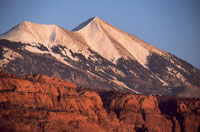 Not only do the La Sal Mountains offer a respite from the summer heat, but the range offers great opportunities to bike, hike, fish, camp and, of course, bird watch. The mountain ranges’ elevational rise up over 12,000 feet includes many habitat types not found in the lower canyons and mesas. In turn, these mountain brush, ponderosa pine, aspen and spruce-fir environments provide habitat for bird species not found at lower elevations.
Not only do the La Sal Mountains offer a respite from the summer heat, but the range offers great opportunities to bike, hike, fish, camp and, of course, bird watch. The mountain ranges’ elevational rise up over 12,000 feet includes many habitat types not found in the lower canyons and mesas. In turn, these mountain brush, ponderosa pine, aspen and spruce-fir environments provide habitat for bird species not found at lower elevations.
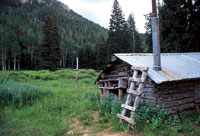
With a brushy mix of Gambel’s oak, serviceberry, mountain mahogany, sagebrush and pinyon/juniper woodlands, the dense mountain brush habitat provides cover and food for a number of birds including green-tailed and spotted towhee, chipping sparrow, broad-tailed hummingbird, and MacGillivray’s warbler. The dense cover and abundance of berries and fruits also brings in the black bears, so birders beware on what you try to “phish” out of the shrubs.
Above the mountain brush layer, especially on the drier east side of the mountains, are ponderosa pine forests. Different aged stands cloak the areas around Carpenter Ridge and Buckeye Reservoir. The pines provide habitat for Steller’s jay, northern goshawk, olive-sided flycatcher, white-breasted nuthatch, Williamson’s sapsucker, and Grace’s warbler. The goshawks feast upon a variety of creatures including jays, grouse, robins and small mamma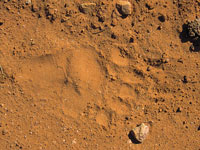 ls. In the evening, the deep throated hoots of great horned owls or the softer “boo-Hoops” of flammulated owls may be heard. The tiny “flammies” nest in abandoned woodpecker cavities and feeds on moths, arthropods and other insects.
ls. In the evening, the deep throated hoots of great horned owls or the softer “boo-Hoops” of flammulated owls may be heard. The tiny “flammies” nest in abandoned woodpecker cavities and feeds on moths, arthropods and other insects.
Within the aspen groves that shimmy and shake with verdant leaves, red-naped sapsucker, hairy woodpecker and northern flicker excavate nest cavities in the aspen’s soft wood. When these cavities are no longer in use by the woodpeckers, secondary cavity nesters like mountain bluebird, house wren and red-breasted nuthatch usurp these ready-made-homes. The aspen’s deciduous leaves also attract numerous leaf-chewing or sap-sucking insects, which in turn attract insectivorous birds like Wilson’s and yellow-rumped warbler, warbling vireo, dusky flycatcher and western wood pewee. Even if the birding is slow, the summer wildflowers in Miner’s Basin or Gold Basin are entertainment enough.
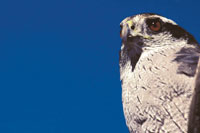 Higher up on the mountain flanks, below the rocky alpine world, is a coniferous habitat dominated by Engelmann spruce and subalpine fir. These seed producing trees attract pine siskin, white-winged crossbill, Cassin’s finch, gray jay, and Clark’s nutcracker. The Geyser Pass area is a good spot to get up into this high elevation forest.
Higher up on the mountain flanks, below the rocky alpine world, is a coniferous habitat dominated by Engelmann spruce and subalpine fir. These seed producing trees attract pine siskin, white-winged crossbill, Cassin’s finch, gray jay, and Clark’s nutcracker. The Geyser Pass area is a good spot to get up into this high elevation forest.
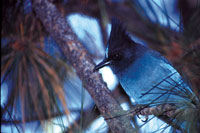 Another “habitat” in the La Sals is the vertical cliff walls that provide nesting locations for birds such as white-throated swift, golden eagle, and peregrine and prairie falcon. Though the swifts hawk insects while flying, the eagles hunt across a wide spectrum of habitats, especially where there are openings or meadows to capture prey. The falcons capture prey in flight or pick off birds taking off from the lakes that dot the mountains. It is always a thrill to be standing on one of the high mountain peaks and seeing an eagle or falcon cruising past at eye level.
Another “habitat” in the La Sals is the vertical cliff walls that provide nesting locations for birds such as white-throated swift, golden eagle, and peregrine and prairie falcon. Though the swifts hawk insects while flying, the eagles hunt across a wide spectrum of habitats, especially where there are openings or meadows to capture prey. The falcons capture prey in flight or pick off birds taking off from the lakes that dot the mountains. It is always a thrill to be standing on one of the high mountain peaks and seeing an eagle or falcon cruising past at eye level.
So when summer’s heat gets too intense, engage in an elevational migration and head up into the mountains for some cooler temperatures and great birding and wildlife viewing.